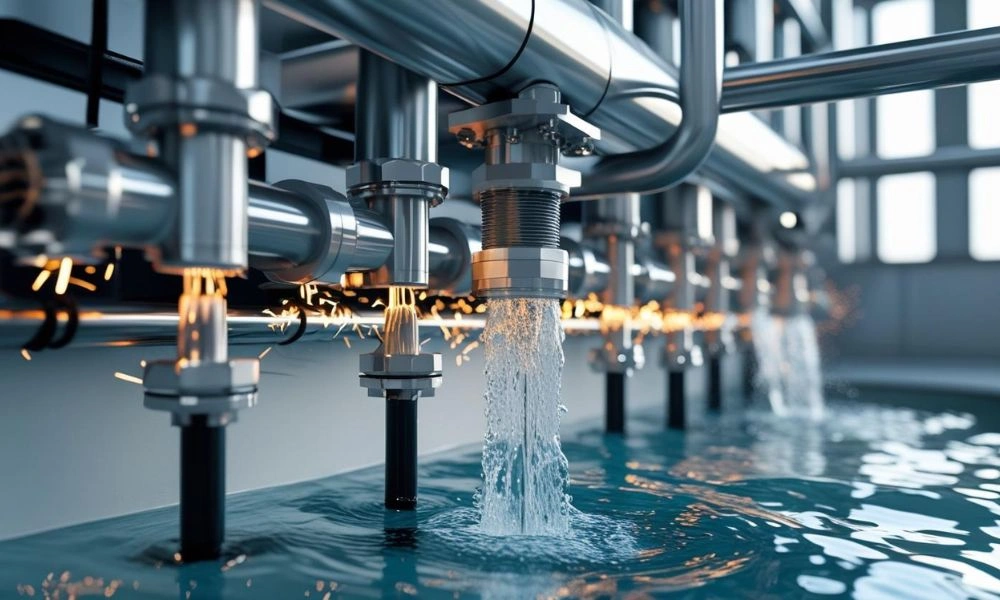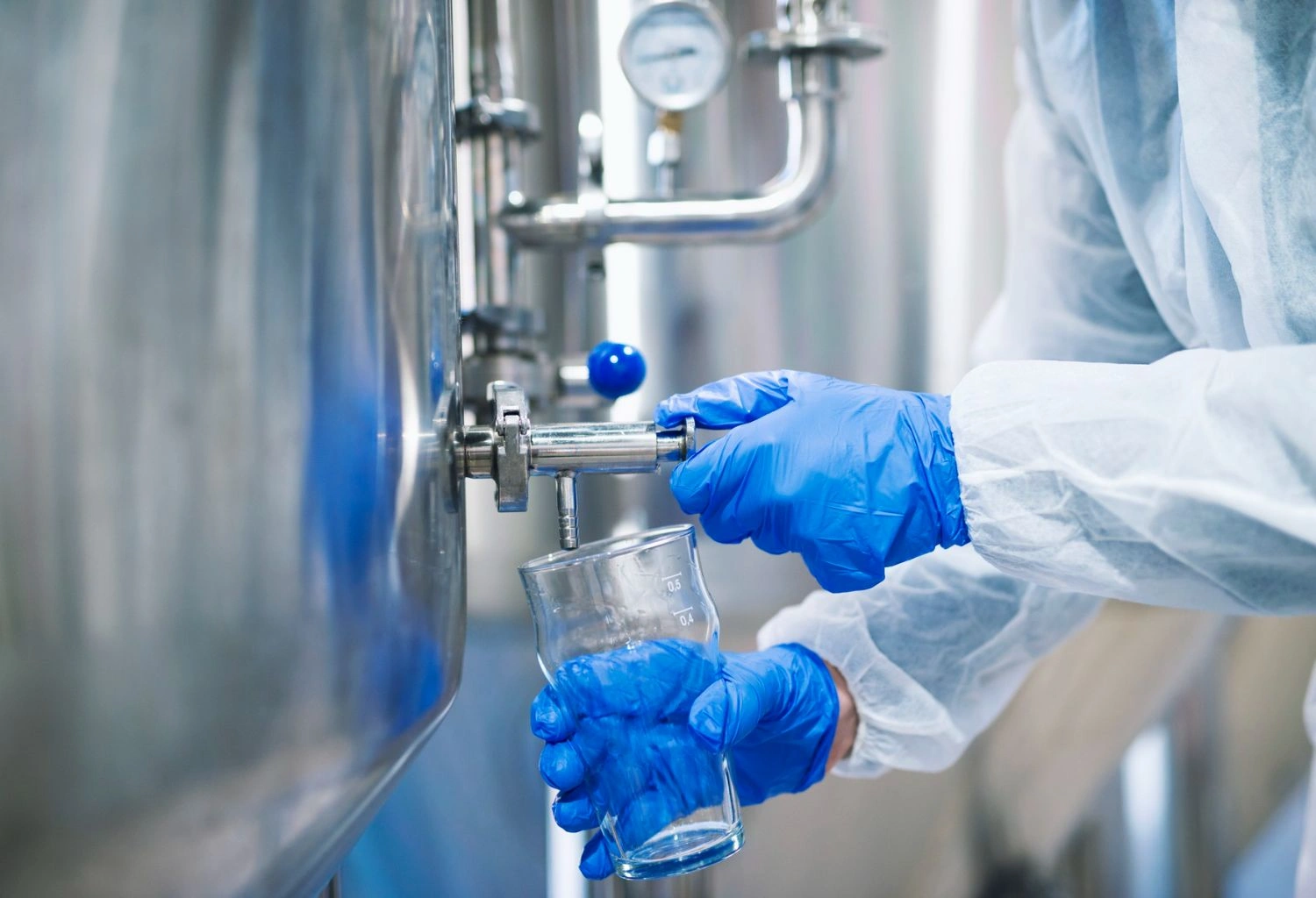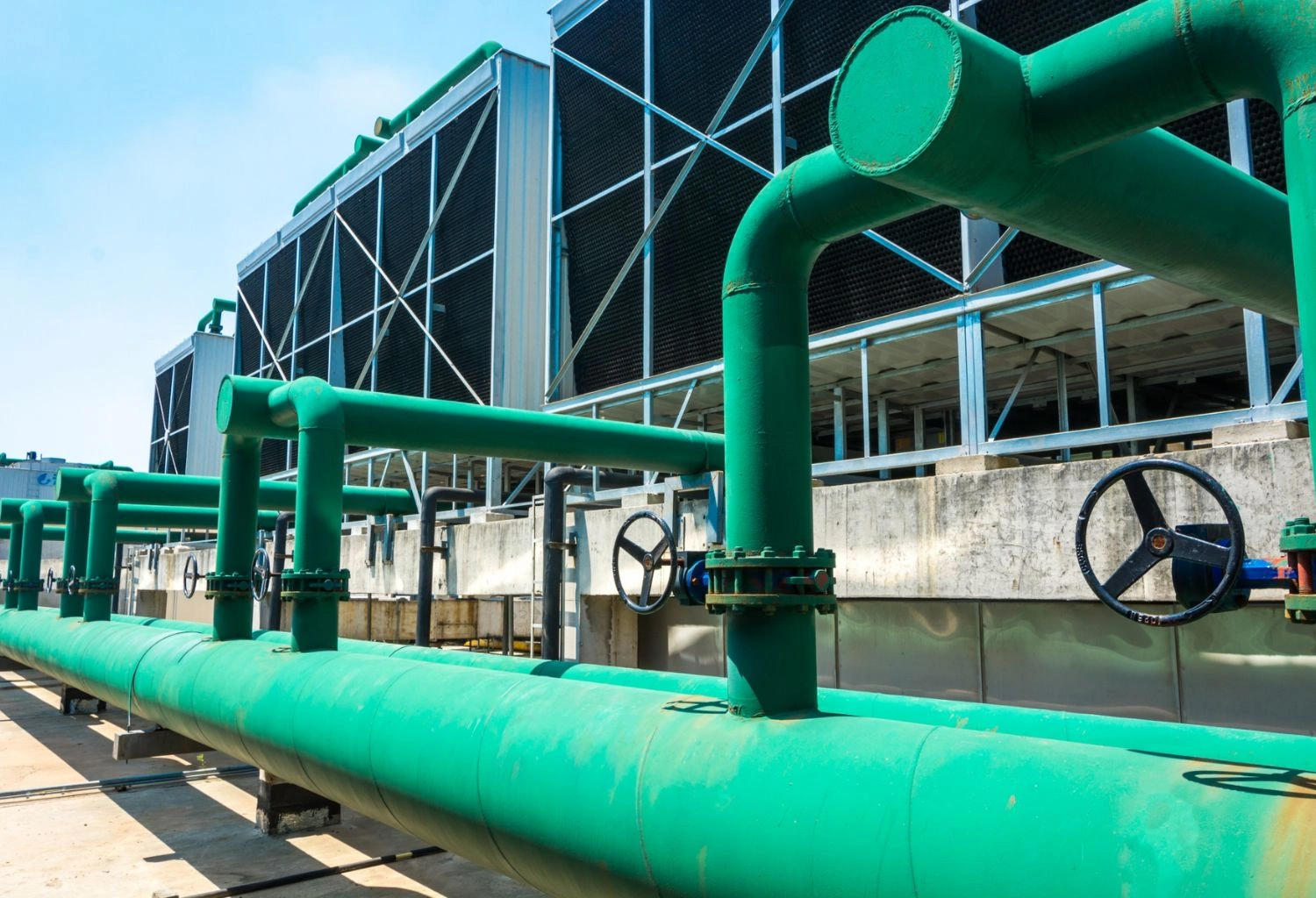Water Care Services Pakistan (WCSP) implemented 7 intelligent actions in a strategic plant upgrade that saved over R760,000 monthly. By using technologies like SCADA automation, electrocoagulation, and AOP, the plant improved efficiency, cut costs, and ensured regulatory compliance. Discover how each upgrade step delivered real savings and long-term performance.
Ultra-filtration Water Plant
Why Was the Water Plant Upgrade Needed?
What Were the Original Issues?
The plant was old and used chemical-intensive and labor-intensive systems. Efficiency of water treatment was low, expenditures were high, and fines for environmental infractions contributed to financial burden.
What Was the Financial Drain?
In total, the plant lost more than R1 million per month on:
- Chemical purchases
- Sludge removal logistics
- Emergency maintenance
- Excessive labor costs
- Regulatory penalties
It was apparent that the same operational model could not be sustained. A revolution was called for — one that enhanced efficiency, safety, and cost-competitiveness.
Action 1: Electrocoagulation (EC)
Electrocoagulation is a chemical-free process that uses electrical current to destabilize and eliminate suspended solids, heavy metals, and emulsified oils.
How WCSP Used It?
WCSP utilized modular EC units customized based on influent water characteristics. These modules were installed in parallel with minimal footprint and downtime.
Monthly Savings: R180,000
- Replaced more than 70% of chemical coagulants
- Lowered sludge production considerably
- Reduced storage and handling expenses
- Eliminated risks associated with chemical exposure
Action 2: Sludge-Free Bioremediation
Bioremediation employs useful microbes to degrade organic waste, eliminating the use of synthetic chemicals.
WCSP’s Strategy:
WCSP employed specific, non-pathogenic bacteria strains to metabolize wastewater’s BOD/COD—providing a sludge-free, environmentally friendly process.
Monthly Savings: R140,000
- 90% reduction in hauling and sludge disposal
- Fewer clean-outs resulted in less downtime
- Improved effluent quality for reuse
Action 3: Advanced Oxidation Process (AOP)
AOP applies highly reactive hydroxyl radicals to oxidize recalcitrant organic pollutants like pharmaceuticals, dyes, and pesticides.
WCSP’s Installation
WCSP ensured almost complete disinfection and chemical breakdown by incorporating UV + H₂O₂-based AOP units in post-treatment processes.
Monthly Savings: R70,000
- Prevented discharge penalties
- Eliminated need for retreatment
- Enhanced the plant’s compliance rating
Action 4: Moving Bed Biofilm Reactor (MBBR)
MBBR is a mobile carrier-based biological treatment process that offers surface area for bacteria to colonize and break down waste efficiently.
WCSP implemented a high-density media system to manage higher inflow loads without increasing infrastructure.
Monthly Savings: R45,000
- Increased BOD/COD removal capacity
- Avoided expensive system overflows
- Improved shock load resilience
Action 5: SCADA Automation
SCADA (Supervisory Control and Data Acquisition) offers centralized, real-time monitoring and control for industrial processes.
WCSP’s SCADA Integration
WCSP installed sensors, control panels, and dashboards for remote operation and alerts — filtration, flow rate, chemical dosing, and tank levels.
Monthly Savings: R110,000
- 40% less manual labor
- Faster malfunction detection
- Prevented expensive emergency repairs
- Improved energy efficiency with intelligent scheduling
Action 6: Closed-Loop Water Recycling
Treated water is recycled for internal use such as equipment washing, cooling towers, or gardening within a closed-loop system.
WCSP’s System Design
Treated water from the last outlet was diverted to an auxiliary tank and piped to reuse applications — reducing draw from municipal sources.
Monthly Savings: R85,000
- Water procurement costs reduced
- Reduced external discharge volumes
- Enhanced sustainability KPIs
Action 7: Energy Optimization Plan
Energy was optimized by:
- High-efficiency pumps
- Variable Frequency Drives (VFDs)
- Scheduled operation during off-peaks
WCSP’s Implementation
Energy audits pinpointed wastage areas. Systems were retrofitted to align performance demand with minimal use of electricity.
Monthly Savings: R130,000
- Decreased monthly power bills
- Increased equipment life
- Reduced carbon footprint
Filtration Water Plant
Long-Term ROI & Operating Reliability
When Was ROI Realized?
Despite an upfront investment, the combined upgrades delivered full ROI in under 8 months due to massive recurring savings.
Improvements in System Reliability
- Emergency downtimes reduced by 60%
- Spare parts consumption dropped
- Maintenance became proactive rather than reactive
Staff Efficiency Gains
- Fewer night shifts required
- Technicians focused on quality control
- Overall morale improved with safer, automated systems
Environmental Compliance & Certification
Compliance Achievements
- NEQS compliance was achieved across all parameters
- The treated water met WHO guidelines for reuse
- Effluent quality was enhanced from 65% compliance to 98% within 3 months
Certifications Achieved
- ISO 9001: Quality Management
- ISO 14001: Environmental Management
- WCSP’s process design was also certified by international auditors
Why WCSP’s Approach Succeeds
Customized to Pakistan’s Industry
WCSP is aware of Pakistan’s distinct industrial wastewater profiles—particularly in textiles, pharma, food, and chemicals.
Technology with Low Maintenance
All solutions employed were low-maintenance, energy-efficient, and made for continuous operation.
Customer-Centric Approach
- Pre-deployment feasibility evaluations
- Post-installation training of personnel
- transparent cost-benefit analysis
Conclusion
WCSP’s seven intelligent plant upgrade measures saved one customer R760K per month — and the benefits extended beyond cash. Increased performance, sustainability, compliance, and employee efficiency drove a lasting change. This guide is living proof that water treatment isn’t a cost center — it’s an opportunity for innovation.
If you want to upgrade your plant sustainably and cost-effectively, Water Care Services Pakistan is the partner to turn to.
Frequently Asked Questions (FAQs)
1. Why was the water plant upgrade necessary?
The plant was outdated, inefficient, and cost-intensive, with high chemical usage, frequent breakdowns, and recurring fines for environmental non-compliance.
2. What were the major financial drains before the upgrade?
The plant lost over R1 million/month due to high chemical costs, sludge disposal, emergency repairs, labor, and regulatory penalties.
3. What is Electrocoagulation, and how did it help?
Electrocoagulation uses electric current to remove contaminants. WCSP’s EC units replaced 70% of chemicals and cut sludge and storage costs, saving R180K/month.
4. How does sludge-free bioremediation work?
It uses beneficial microbes to break down waste without chemicals, reducing sludge disposal by 90% and improving effluent reuse, saving R140K/month.
5. What does AOP technology do in water treatment?
AOP uses hydroxyl radicals to break down pollutants like dyes and pharmaceuticals. WCSP’s UV + H₂O₂ units improved compliance and saved R70K/month.
6. How did MBBR enhance plant efficiency?
MBBR added biofilm carriers to improve BOD/COD removal and reduce overflows, saving R45K/month while enhancing capacity for higher inflow loads.
7. What role did SCADA automation play in cost savings?
SCADA enabled real-time monitoring, reduced labor needs by 40%, prevented breakdowns, and improved energy use, saving R110K/month.
8. How did water recycling contribute to savings?
A closed-loop system reused treated water for internal tasks like equipment washing, reducing municipal water dependency and saving R85K/month.
9. What energy optimization steps were taken?
WCSP installed high-efficiency pumps, VFDs, and operated systems during off-peak hours. These changes saved R130K/month and reduced carbon footprint.
10. What were the compliance and certification outcomes?
WCSP achieved NEQS and WHO standards, improved water quality from 65% to 98% compliance, and secured ISO 9001 and ISO 14001 certifications.



